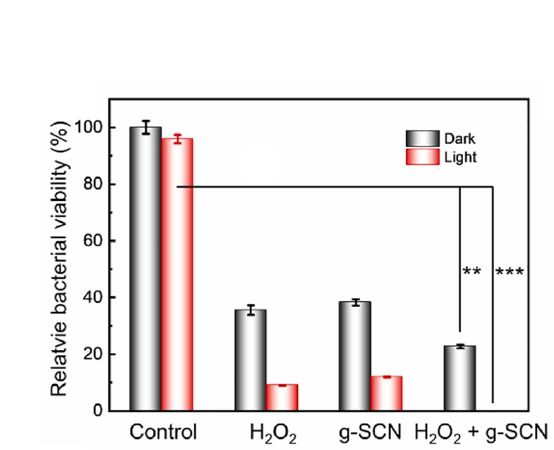Antibacterial Polymers: Advancing in Public Health

Antibacterial polymers are engineered to kill or inhibit the growth of bacteria, making them essential in healthcare and public settings.
Over the past two decades, the escalating reliance on antibiotics has led to almost a threefold increase in bacterial resistance. Consequently, researchers are shifting toward alternative sterilization methods. While practitioners still use traditional methods like chlorination and UV irradiation, photocatalysis has emerged as a preferred method, destroying bacteria through the catalytic production of reactive oxygen species (ROS) or heat.
You can also read: Antimicrobial Nanofilm Pioneering Food Preservation
How Antibacterial Polymers Work
Antibacterial polymers contain specific chemical groups that break down bacterial cell walls or disrupt their metabolic processes. Embedding antimicrobial agents directly into the polymer matrix, these materials prevent bacteria from colonizing and spreading. This function is crucial for devices that come into direct contact with the human body or frequently touched surfaces in public areas. Researchers have thoroughly investigated the polymer g-C3N4 for its antibacterial capabilities, effective even without additives. Moreover, they have added enhancements such as nanoparticles, silver-based substances to boost its antibacterial performance. Doping agents, altered morphologies, and created heterostructures are also good alternatives. They have also integrated amine-rich polymers like PEI and PANI.
Applications and Benefits
These methods have effectively combated bacteria like Pseudomonas putida, Staphylococcus aureus, and Escherichia coli, achieving sterilization rates above 80% within 0.3 to 2 hours. Some studies have even achieved a 100% kill rate against chloramphenicol-resistant E. coli and methicillin-resistant S. aureus (MRSA) within 30 minutes. Integrating antibacterial properties into polymers broadens their applications in various fields. Professionals use them in wound dressings, catheters, and surgical instruments to reduce infection risks in healthcare. Also, in public spaces like transportation systems and schools, these polymers help minimize bacterial spread, enhancing public health safety.

Catalytic polymeric materials (g-C3N4) for antibacterial applications. The relative survival rate of chloramphenicol-resistant Escherichia coli. Courtesy of Polymer materials as catalysts for medical, environmental, and energy applications.
The Potential Impact
Developing these polymers includes challenges such as ensuring the longevity of antibacterial properties and preventing the leaching of harmful substances. Researchers are exploring ways to balance antimicrobial efficacy with environmental safety, aiming to create biodegradable versions that do not pollute.
Antibacterial polymers represent a significant advancement in material science, offering innovative ways to combat bacterial infections and enhance sanitary conditions. As research progresses, these materials are poised to become more effective and widespread, playing a crucial role in our ongoing battle against microbial threats.
